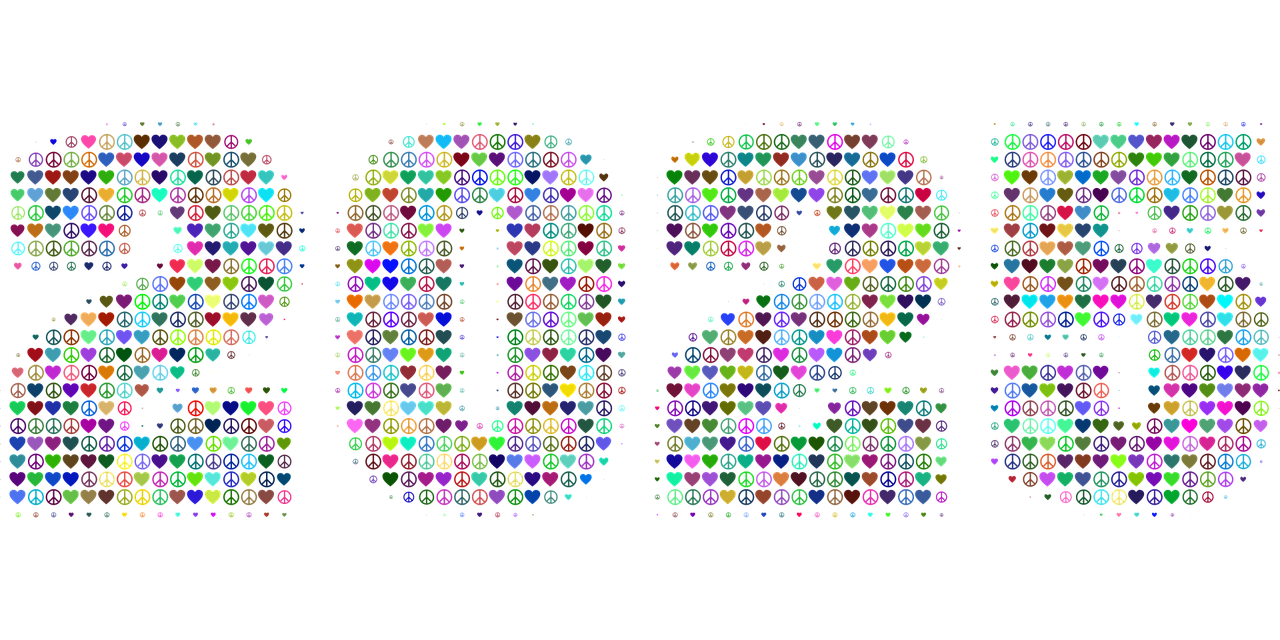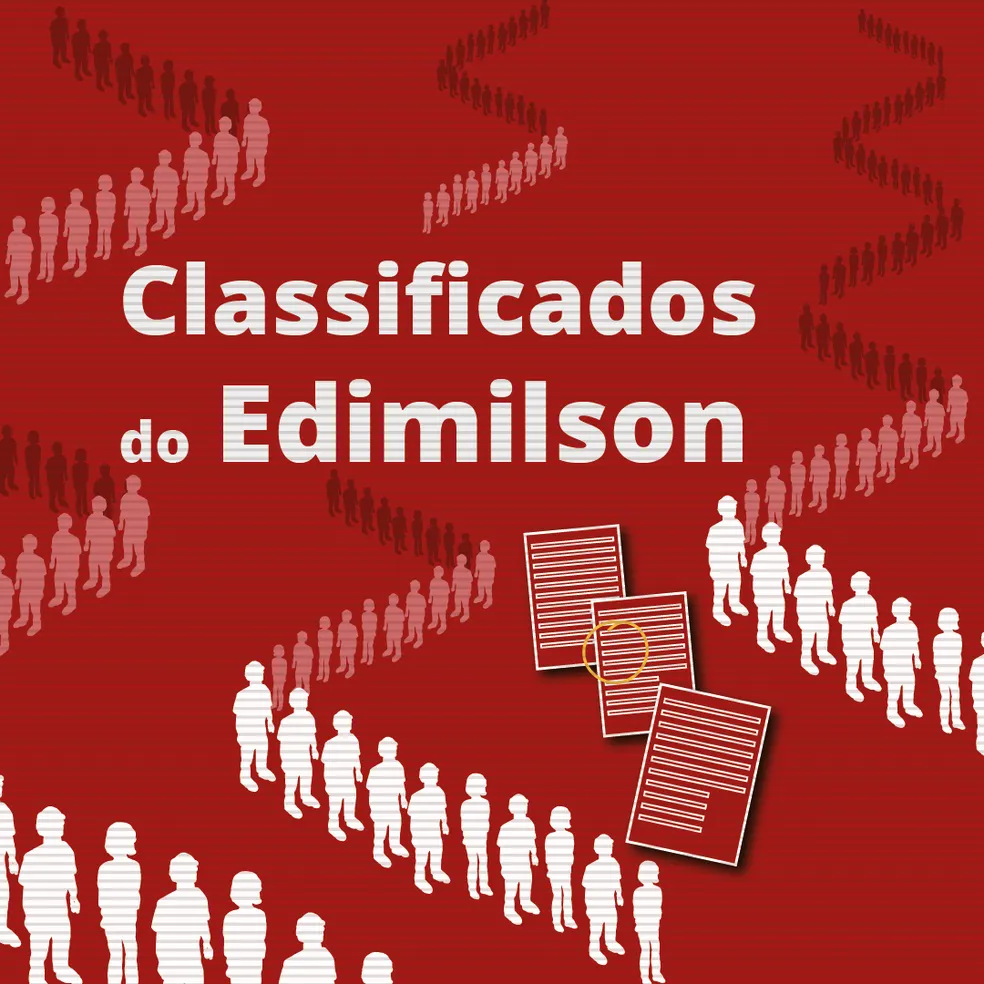
News Literacy 101: Steps to Determine the Credibility of Your News Sources
In today’s fast-paced digital world, where information is abundant and easily accessible, distinguishing between credible and unreliable news sources is more critical than ever. News literacy is the ability to critically evaluate and analyze news content to discern fact from fiction. This skill is essential for informed decision-making and participating in democratic processes. This article will guide you through the steps to determine the credibility of your news sources, ensuring that you remain well-informed and discerning in the media landscape.
Understanding News Literacy
News literacy involves a set of skills that enable individuals to assess the accuracy, reliability, and credibility of news reports. It encompasses understanding the structure of news media, recognizing biases, and evaluating the evidence presented. In an era where misinformation spreads rapidly, news literacy is not just a desirable skill; it is a necessity for navigating the complex media environment.
Steps to Assess News Source Credibility
1. Evaluate the Source
The first step in assessing a news article’s credibility is to evaluate its source. Consider the following questions:
- Who is the publisher? Investigate the publisher’s reputation. Established news organizations such as BBC, The New York Times, and Reuters are generally reliable. Look for any history of retractions or controversies that might indicate bias or unreliability.
- Who is the author? Check the author’s credentials and expertise. A credible journalist should have a background in journalism or significant experience in the field they are writing about.
2. Analyze the Content

Once you have evaluated the source, turn your attention to the content itself:
- Check for objectivity: A reputable news article should present information objectively, without undue bias. Be wary of articles that use emotionally charged language or present opinions as facts.
- Verify facts: Look for the presence of verifiable facts and data. Reliable articles often include links to primary sources or references to studies and official statements.
- Check the date: Ensure the information is current. Outdated news can lead to misunderstandings or misinterpretations of ongoing situations.
3. Cross-Check Information
Credible news should be corroborated by multiple sources. Here’s how to cross-check the information:
- Look for corroboration: Check if other trustworthy sources are reporting the same news. Use fact-checking websites like Snopes or FactCheck.org for verification.
- Beware of echo chambers: Avoid relying solely on news from sources that align with your viewpoints. Engaging with a diverse range of perspectives helps paint a more comprehensive picture of the news landscape.
4. Understand the Role of Bias
Recognizing bias in news reporting is crucial for news literacy. Here are some tips:
- Identify types of bias: Bias can be political, commercial, or cultural. Understanding the type of bias helps in assessing how it may influence the reporting.
- Consider the framing: The way a story is framed can impact your perception. Pay attention to the headline and the lead paragraph, as they often set the tone for the article.
The Importance of News Literacy in the Digital Age
In the digital age, where social media platforms are major sources of news, news literacy has never been more important. With algorithms controlling what content users see, it’s easy to fall into filter bubbles that reinforce existing beliefs. This makes it crucial for individuals to actively seek out diverse perspectives and verify the information they encounter.

Moreover, the rise of fake news and misinformation campaigns has highlighted the importance of critical thinking and skepticism. News literacy empowers individuals to question the validity of what they read, share, and believe, contributing to a more informed and engaged society.
Takeaways
News literacy is a vital skill in today’s information-rich world. By following the steps outlined above, you can effectively assess the credibility of your news sources and ensure that you make informed decisions based on accurate information. Remember to evaluate the source, analyze the content, cross-check information, and understand the role of bias. By doing so, you can navigate the media landscape with confidence and contribute to a more informed public discourse.
In a world where misinformation can have significant consequences, becoming news literate is not just beneficial—it’s essential. Equip yourself with the tools and knowledge to discern credible news, and play your part in fostering an informed and critical citizenry.
Practical Tips for Enhancing News Literacy Skills
Improving news literacy skills is an ongoing process that requires practice and awareness. Here are some practical tips to help you enhance your ability to evaluate news content:
1. Diversify Your News Sources
Consuming news from a variety of sources helps to counteract biases and provides a more balanced view of events. Make a conscious effort to include publications from different political spectrums, regions, and countries in your daily news consumption. This not only broadens your perspective but also helps in identifying commonalities and discrepancies in reporting.
2. Engage with Long-Form Journalism
While quick news updates are convenient, long-form journalism often provides deeper insights and comprehensive analysis. Reading detailed investigative pieces or feature articles can help you understand the nuances of complex issues and appreciate the depth of research involved in credible journalism.

3. Participate in Media Literacy Programs
Many educational institutions and organizations offer media literacy programs designed to enhance critical thinking and analytical skills. Participating in these programs can provide structured learning opportunities and equip you with tools to better evaluate news sources. Online resources like The News Literacy Project offer valuable materials and courses to improve your news literacy.
4. Practice Critical Thinking
Developing a habit of questioning the information you encounter is essential for news literacy. Ask yourself what the implications of the story are, whether the evidence supports the claims, and what perspectives might be missing. Engaging in discussions with others about news stories can also help refine your analytical skills and expose you to different viewpoints.
5. Stay Informed About Media Trends
The media landscape is continuously evolving with new technologies and platforms emerging. Staying informed about these trends can help you better understand how news is produced and distributed. Following experts in media studies on platforms like Twitter or subscribing to relevant newsletters can keep you updated on the latest developments in the field.
The Role of Education in Promoting News Literacy
Education plays a crucial role in fostering news literacy from an early age. Schools and universities can integrate news literacy into their curricula to prepare students for the complexities of the digital information age. By teaching students how to critically assess news content, educators can empower the next generation to be more discerning consumers of information.
Moreover, collaboration between educational institutions, media organizations, and policymakers can lead to the development of comprehensive strategies to promote media literacy across populations. Initiatives such as workshops, seminars, and public awareness campaigns can also contribute to spreading the importance of news literacy in society.
Conclusion: Building a Culture of News Literacy

Building a culture of news literacy is a collective responsibility that requires the involvement of individuals, educators, media professionals, and policymakers. By prioritizing news literacy, society can better navigate the challenges posed by misinformation and contribute to a well-informed citizenry capable of making informed decisions.
As consumers of news, it is essential to remain vigilant, skeptical, and curious. By continuously honing our news literacy skills, we can ensure that we engage with the world in an informed and meaningful way. Let us commit to fostering a culture where the pursuit of truth and accuracy is paramount, and where individuals are empowered to critically engage with the information that shapes our world.
Leveraging Technology to Enhance News Literacy
In the digital age, technology can be both a challenge and a solution in the quest for credible news. While misinformation can spread rapidly online, there are also numerous tools and technologies designed to help users verify information and improve their news literacy.
1. Fact-Checking Tools and Websites
Several online platforms are dedicated to fact-checking news and claims made in the media. Websites like PolitiFact and TruthOrFiction.com offer comprehensive fact-checking services that can help you verify the authenticity of news stories. These platforms analyze statements and provide ratings based on their accuracy.
2. Browser Extensions
Browser extensions can serve as helpful tools for news verification. Extensions such as NewsGuard provide ratings for news websites based on their reliability and transparency. These tools can offer real-time insights into the credibility of the sites you visit, helping you make informed choices about the news you consume.
3. Artificial Intelligence and Machine Learning

AI and machine learning technologies are increasingly being used to detect and combat misinformation. Algorithms can analyze vast amounts of data to identify patterns and discrepancies in news reporting. While these technologies are still evolving, they hold promise in improving our ability to quickly and accurately assess the credibility of news content.
Challenges in Promoting News Literacy
Despite the importance of news literacy, several challenges hinder its widespread adoption:
- Overwhelming Information: The sheer volume of information available online can make it difficult for individuals to discern credible sources from unreliable ones.
- Cognitive Biases: People tend to seek information that aligns with their pre-existing beliefs, which can lead to selective exposure and confirmation bias.
- Lack of Awareness: Many people are unaware of the importance of news literacy or how to go about developing these skills.
Addressing these challenges requires a concerted effort from all stakeholders, including educators, media organizations, and technology companies. By raising awareness and providing accessible tools and resources, we can work towards overcoming these barriers and promoting a more news-literate society.
The Future of News Literacy
As the media landscape continues to evolve, the importance of news literacy will only increase. Technological advancements, changes in media consumption habits, and the ongoing proliferation of misinformation highlight the need for continuous adaptation and learning.
Future efforts to enhance news literacy must focus on integrating it into educational systems, leveraging technology to provide real-time verification tools, and fostering a culture of critical thinking and skepticism. By doing so, we can empower individuals to make informed decisions, engage in meaningful discourse, and contribute to the preservation of democratic values.
Ultimately, the future of news literacy lies in our collective commitment to understanding and combating misinformation. By prioritizing education, collaboration, and innovation, we can build a more informed society capable of navigating the complexities of the modern media environment.







